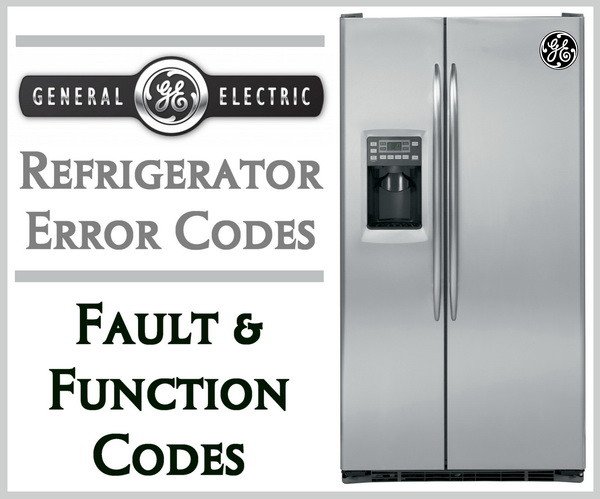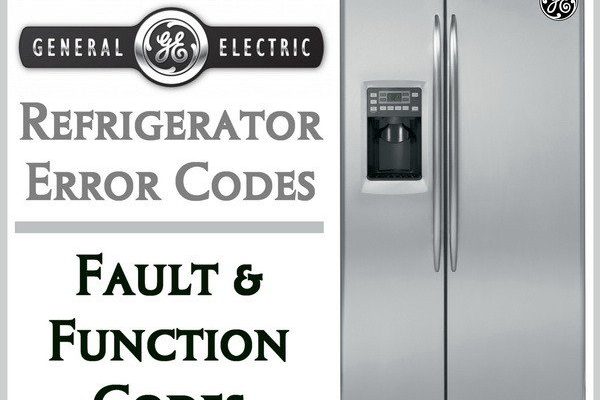
Think of your refrigerator as a complex orchestra; every component plays its part seamlessly to maintain the perfect chill for your food. The error code E2 usually means there’s a hiccup in this symphony. Typically, it’s alerting you to an issue with the evaporator fan circuit, which plays a crucial role in circulating cold air throughout the fridge and freezer. When this fan isn’t working correctly, it’s akin to having one section of the orchestra out of tune — the whole performance suffers. So, let’s dive into what might be causing this fan to miss a beat and how you can troubleshoot it like a pro.
Understanding the Role of the Evaporator Fan
Before we dive into the causes of the E2 error, it’s helpful to understand what the evaporator fan does. Imagine your fridge as a cozy little ecosystem where temperature matters most. The evaporator fan is like the conductor of this ecosystem, directing cold air from the coils and making sure it spreads evenly throughout the fridge and freezer compartments. When this fan stops working, one part of your fridge might feel like a tropical vacation while another feels like an arctic chill.
You might think this sounds like a minor inconvenience, but here’s the deal: an uneven temperature can lead to spoiled food, frost buildup, and other hassles you definitely don’t want to deal with on a busy weekday. Recognizing the importance of the evaporator fan helps you understand why the E2 error is something to pay attention to.
To keep this cozy ecosystem running smoothly, the fan needs power to operate. But if there’s a disruption in this power supply or if the fan itself is faulty, it can throw your refrigerator’s delicate balance off kilter. So let’s look into what might be causing these disruptions.
Potential Electrical Issues
Electrical issues are often the culprits behind many appliance hiccups, and refrigerators are no exception. If you’ve ever plugged in a blender only to find it dead as a doornail, you know what I’m talking about. For the evaporator fan, electricity is its lifeline. If the connection between the power source and the fan is weak or disrupted, the fan can’t perform its crucial role.
One common issue could be a faulty connection in the wiring. Over time, wires can wear down or become loose due to the constant vibration of the fridge. Imagine trying to use a charger with a frayed cable; it’s just not going to deliver the juice your phone needs. Similarly, the power can’t flow properly if the wiring is compromised, leading to that pesky E2 error.
Another possibility is a problem with the control board — the brain of your refrigerator. If it’s giving out incorrect signals or failing to communicate with the fan, it could be akin to a conductor giving the wrong cue to the musicians. In such cases, checking for any signs of damage or malfunction in these electrical components can be quite revealing.
Mechanical Failures of the Fan
Sometimes, the problem isn’t with the electrical side of things but rather mechanical. The evaporator fan, much like any other appliance part, can wear out over time. If you’ve ever seen an old ceiling fan struggle to spin, you know that mechanical failures can be pretty obvious and annoying.
A worn-out motor can be a primary suspect for the E2 code. When the motor ages or suffers from wear and tear, it can’t spin the fan blades as effectively. Think of it like an old car engine that just doesn’t have the same zip as it used to. You might notice strange noises or even complete silence when the fan fails to start.
The blades themselves can also cause issues if they become obstructed or damaged. Imagine twirling your favorite yard windmill during a gale — if a stick gets caught in the blades, the windmill won’t spin properly. Similarly, any debris or ice buildup can prevent the fan from moving as it should, causing your refrigerator to signal distress with that E2 code.
Steps to Address the E2 Error
Now that we’ve covered potential causes, what can you do about it? Well, tackling an E2 error involves a bit of detective work. Start by unplugging your refrigerator and inspecting the fan area for any visible obstructions or debris. Remove anything that shouldn’t be there and let’s see if that helps solve the problem.
Next, check the wiring and connections. Make sure everything is intact and there are no loose ends or frayed wires. Sometimes, just a bit of reconnection can do wonders, much like tightening a loose guitar string. If everything seems in order, yet the error persists, it might be time to consult your refrigerator’s manual or reach out to a professional for further inspection.
Regular maintenance can help prevent these issues. Dusting off the coils, ensuring the fan area is clear, and checking the electrical components every few months can keep your refrigerator humming along without a hitch. Remember, just like you’d take your car in for regular check-ups, your fridge deserves some TLC to perform its best.
In wrapping things up, addressing the E2 error code is all about understanding your refrigerator’s needs and responding appropriately. With a bit of patience and care, you can keep your appliance running smoothly and your food fresh.
